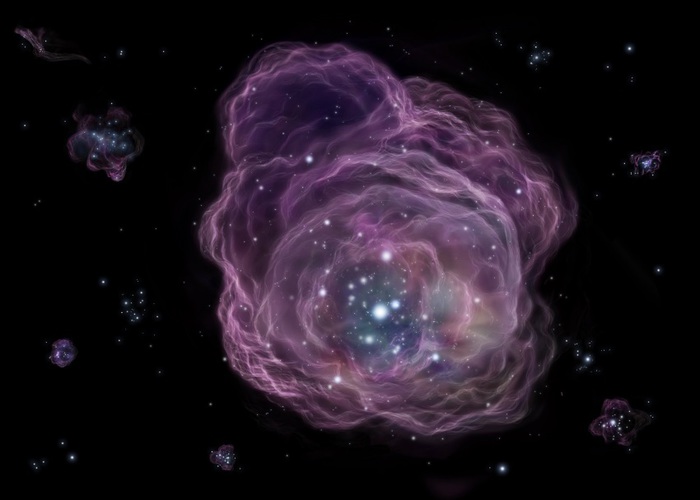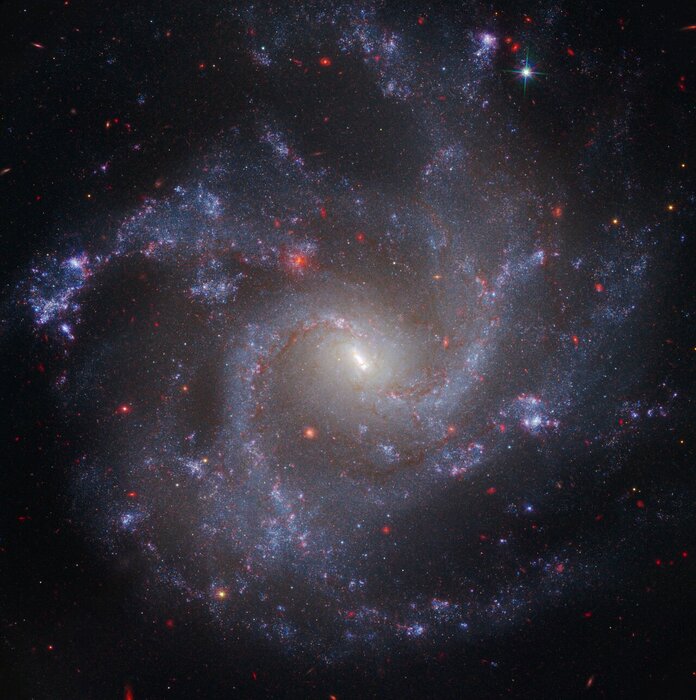They saw the cosmos when he was still a child: identify a dozen primordial stars, so old as to be considered possible candidates among those of the first population of stars in the history of the universe, the so-called Population III. They are illustrated in the study published in the Monthly Notices of the Royal Astronomical Society, by the group of astronomers led by the Italians, Eros Vanzella and Massimo Meneghetti, of the National Institute of Astrophysics (INAF) of Bologna.
These stars, according to the hypothesis of the Italian astrophysicists, "are uncontaminated, pure". They would, in fact, consist of only three elements, the simplest of the periodic table, forged directly with the Big Bang: hydrogen, helium and a dusting of lithium.
The researchers managed to find these ancient stars, thanks to the Muse tool (the Multi Unit Spectroscopic Explorer) installed on the Very Large Telescope (Vlt) of the Southern European Observatory (Eso), pointing it in the direction of the constellation of Eridanus. “We measured a very strong hydrogen emission. So strong - explains Vanzella - to require the probable presence of special stars, first generation ".
To locate these stars so far, in space and time, researchers used an effect predicted by Einstein's theory of General Relativity called the gravitational lens. It is a magnifying glass effect on the basis of which a massive galaxy, in this case the MACS J0416 galaxy, distorts the light coming from another object placed behind it and amplifies it, allowing to observe it better.
To get an idea of the distance of these stars, explain the researchers of the INAF, it is enough to think that, although they are huge, with a mass about a thousand times that of the Sun, and very hot, about twenty times more than our star, "they are like this far from producing a light that reaches us 400 billion times dimmer than that of the weakest star that can be observed with the naked eye ", experts explain.
To have a definitive confirmation that these are just some of the oldest stars in the cosmos, Ianf researchers conclude, "we will have to wait for the observations with the future Elt telescope (Extremely Large Telescope) from 39 meters", which should see the light in 2025.








/cloudfront-eu-central-1.images.arcpublishing.com/prisa/PA5TT2ZCYBDNLEAREMUPESRVOM.jpg)
